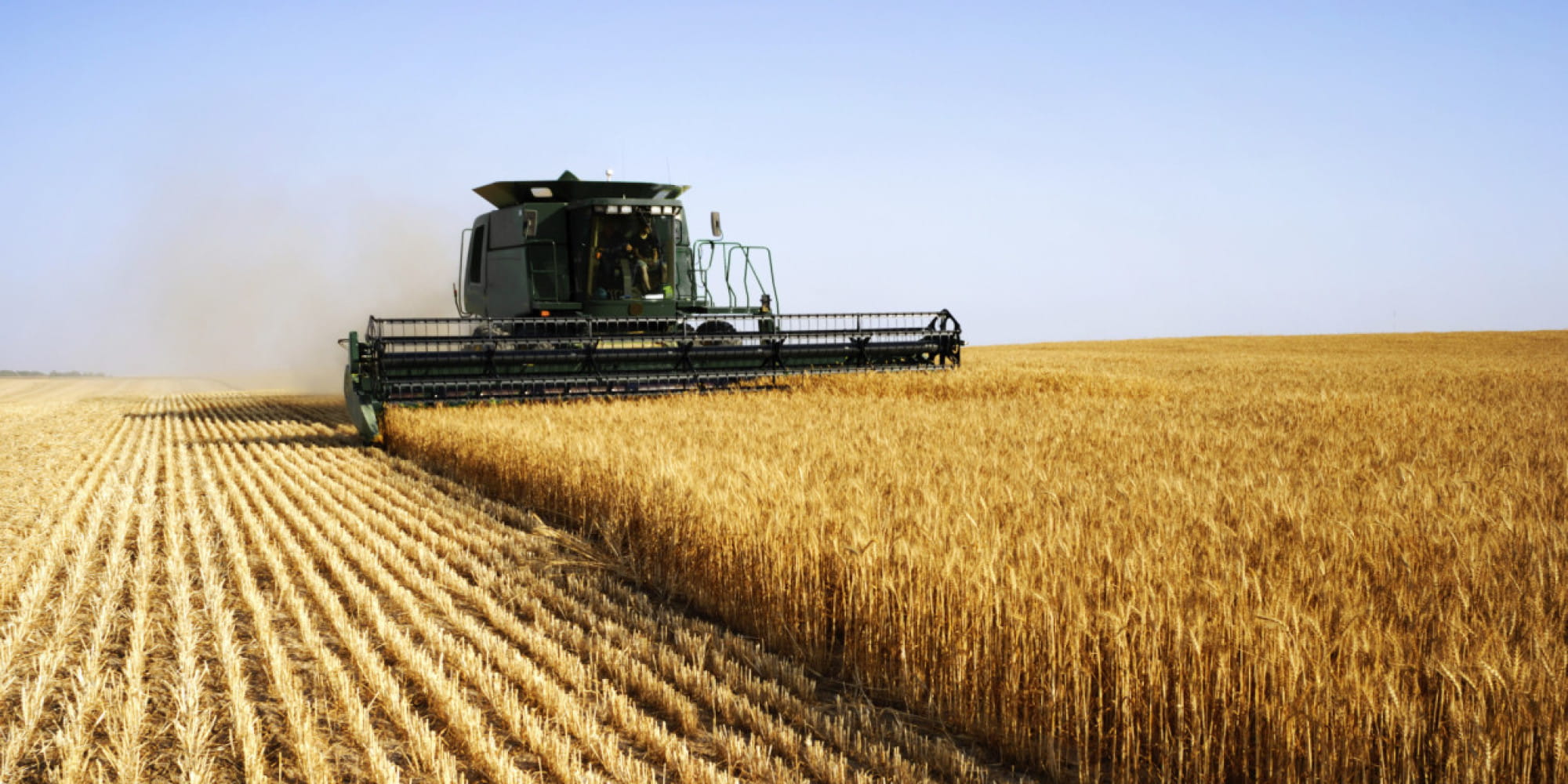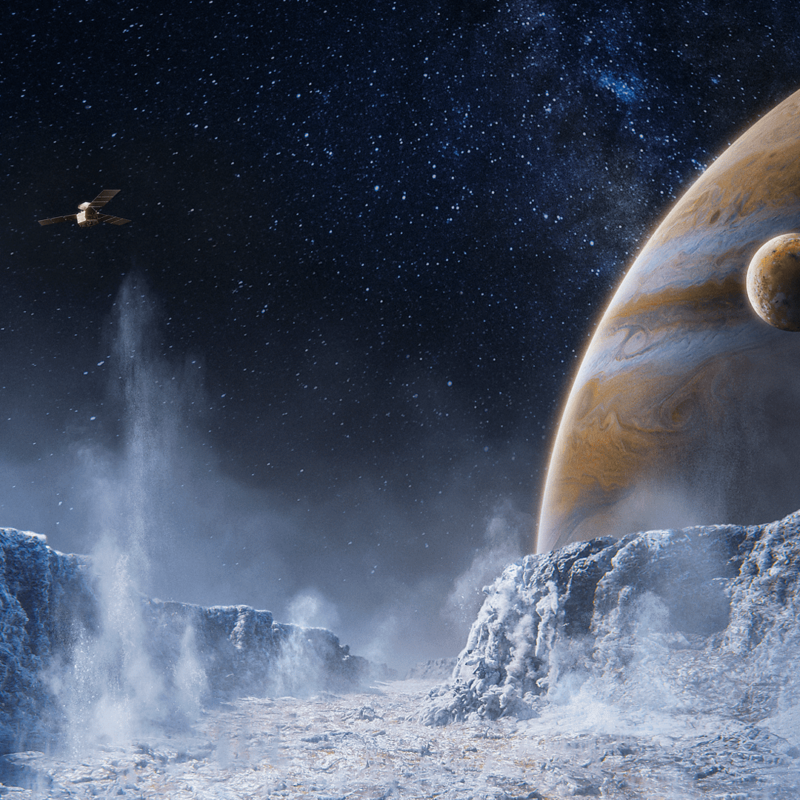description:
The year is 8000 B.C. A man wanders across a field of prairie grasses in search of edible berries and roots and wild game to feed his family. As he walks, the tips of the grasses brush against him, releasing seeds. He collects a few of these seeds and brings them back to his camp. Later, he notices that when they fall on earth, they begin to sprout, and a new plant grows.
episodes:
01. Man the Domesticator
About 10,000 years ago, fundamental changes occurred in the lives of Homo sapiens sapiens as groups of people began to produce their own food. Gain an overview of this critical point in history and begin to ask key questions about the impact of domestication on Earth’s dominant species, humankind.
02. The Beginnings of Domestication
While Neolithic humans eventually learned to domesticate plants and animals, these organisms had to meet human beings partway on the road to domestication. Explore the characteristics and the evolutionary processes that predisposed certain organisms for domestication, as well as the human behaviors that helped the process along.
03. The Basis for Settled Communities
Domestication transformed more than just the plants and animals involved; human beings also experienced enormous changes as a result of the agricultural revolution they initiated. Learn about the lifestyle of early agriculturalists and see how these patterns differed from those of their hunter-gatherer ancestors.
04. The Dispersal and Spread of Agriculture
How did the practice of agriculture spread all over the world? Examine the various approaches scientists use—including archaeology, biology, molecular biology, physics, and linguistics—to answer this question, and investigate some of the patterns of development these approaches have uncovered.
05. Agriculture Impacts Ecology and Geology
Agriculture gives humanity the ability to feed itself, but it can also pose a threat to the environment that sustains us. Learn about the delicate balance between our population size and food production, and explore particular examples of how domestication changes—and often damages—our environment.
06. You Are What You Eat, Raise, and Build
Just as plants and animals are adapted to the process of domestication, so human beings have been changed by their domesticates. Explore the many ways human cultivation has helped shape cultures all over the world.
07. The Domestication of Cereal Grains
Begin to focus on some of the most successful domesticates, starting with the cereal grains. Investigate how grains such as wheat, corn, rice, and oats were originally cultivated from wild grasses, and learn why these grains have been so crucial to human survival for millennia.
08. The Oligarchy of the Garden Patch
Continue your consideration of successful domesticates as you take a closer look at examples from a few families that dominate the backyard garden and the dinner table. These examples include familiar plants such as legumes, potatoes, tomatoes, eggplant, peppers, and cabbages.
09. The Importance of Storage Crops
Since vegetables and fruits mainly grow during the warm season, much attention has been given to the cultivation of “storage crops.” Learn about these crops—including potatoes, root vegetables, and apples—as well as the techniques for preserving these important foods to ensure survival through cold, barren winters.
10. Three of Man's Best Friends
Shift your attention to the animal world as you explore three of man’s oldest, most cherished, and important domestic animal partners: the dog, the cat, and the chicken. Examine the impact of domestication on these species as well as the benefits of their partnership with humankind.
11. The Common Barnyard Domesticates
Step back into prehistory to discuss some important “barnyard” animals that played an important role in the establishment of food production as a way of life. Consider the domestication of sheep, goats, pigs, horses, and cattle, and look at how their descendants are used today.
12. Landraces, Breeds, and Strains
Nature supplies an abundance of variety in its organisms. Learn how plant and animal breeders, stockmen, and horticulturists take advantage of this variation to group organisms, culling and selecting traits that make them more beneficial and preferable to human beings.
13. The Columbian Exchange
When Columbus discovered the Americas in 1492, he initiated a new path of trade that forever changed the ecology of both the
14. Plants That Influenced Global Culture
Focus on four plant species that have flourished as domesticates despite having little or no nutritive value: coffee, tea, tobacco, and cocoa. Examine the history of each of these important plants and explore how these products have gained importance because of their role in generating and enhancing social interaction.
15. Agriculture in the Age of Reason
From the middle of the 17th century through the end of the 18th century, notable figures in the Age of Reason turned their attention to the issue of agriculture. Learn how these prominent individuals applied a more systematic approach to the domestication and cultivation of crops and livestock.
16. Darwin, Galton, and Mendel
Through their scientific breakthroughs, Charles Darwin, Francis Galton, and Gregor Mendel shed light on the processes that help drive the domestication of organisms. Explore how their work in the discovery of natural selection and the laws of heredity offered a new, more complete understanding of domestication.
17. Some Notable Scientific Plant Breeders
From the mid-19th to the mid-20th centuries, the world of agriculture saw great advances in systematic, scientific plant breeding. Study the work of four of the great contributors to this field: Hugo de Vries, Luther Burbank, George Washington Carver, and Nicolai Vavilov.
18. Farming the Waters
While humankind has long derived nutrition from aquatic environments, one recent development is an expanding set of practices known as “farming the waters.” Learn about the benefits and problems associated with this burgeoning practice and explore the implications of the cultivation of domesticated fish, shellfish, and aquatic plants.
19. Domesticated Mice, Molds, and Microbes
Not all domesticates grow in the garden or the barnyard. Consider some unexpected domesticates that play a key role in the bakery, the brewery, and the laboratory: mice, brewer’s and baker’s yeast, and microbes that help produce antibiotics.
20. Our Technology-Based Global Food System
As technology has advanced, humankind has developed new tools for supporting more efficient and productive agricultural output to feed people all over the world. Explore the impact of these various technologies, from artificial insemination to robotic milking machines.
21. Engineering Our Domesticates
Since the days when Mendel first uncovered the secrets of genetics, human beings have made steady progress in hereditary science. Explore the implications of such new methods as cloning and transgenic crosses.
22. Novel Delivery Systems and Spare Parts
As technology advances, what new uses will human beings develop for our domesticated partners? Will they serve as sources for transplanted body parts for human beings? Consider these questions and other ways that new transgenic techniques may be used in surgery, drug production, and the administration of pharmaceuticals.
23. The Age of Industrial Farming
Is Old MacDonald’s farm a thing of the past? Over the last century, there has been a trend away from independent family farms to large, technologically advanced agricultural conglomerates. Consider how this trend has affected the lives of farmers, consumers, and livestock, and explore the many repercussions of this shift in agricultural practice.
24. The Path Forward
Take a glimpse into the future as you consider the implications and potential outcome of our current agriculture needs and practices. Can humankind continue to feed its ever-growing population? How does understanding our past contribute to wise decisions about food production and resource use in the future?
SIMILAR TITLES:
 Earth at the Crossroads, Understanding the Ecology of a Changing Planet
Earth at the Crossroads, Understanding the Ecology of a Changing Planet
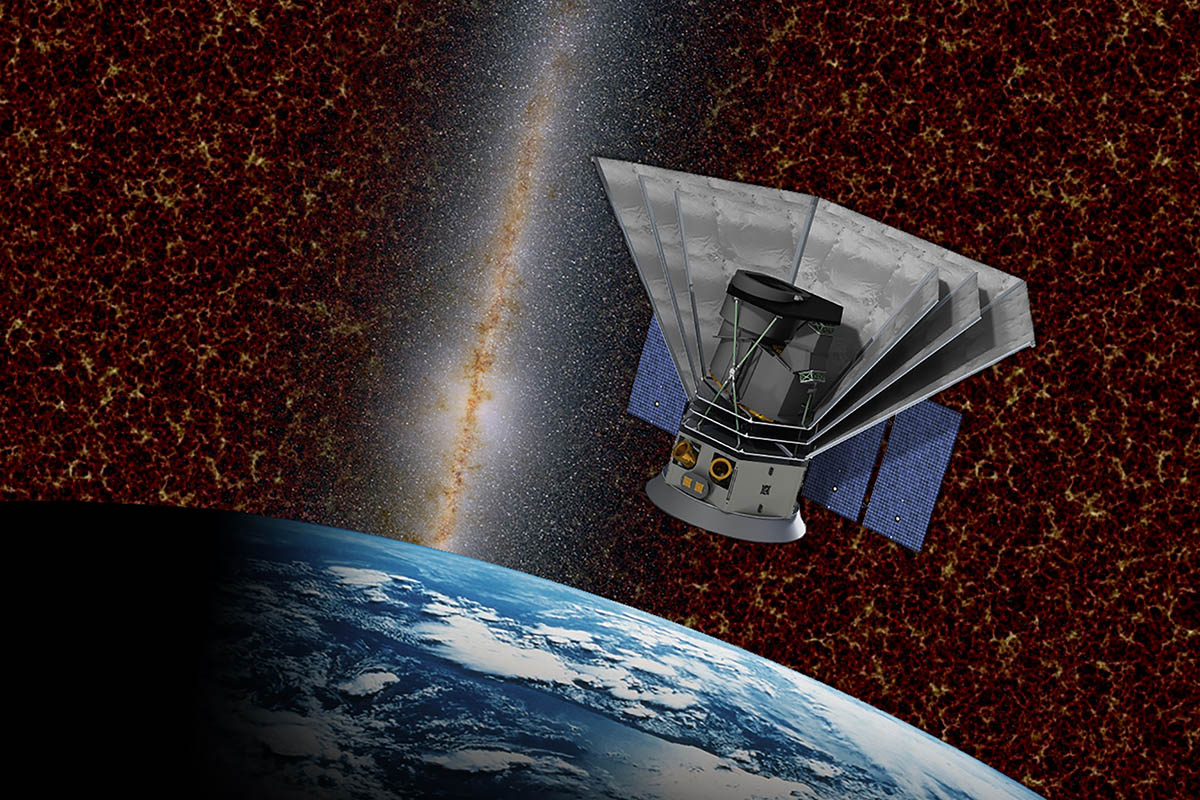 Big History, The Big Bang, Life on Earth and the Rise of Humanity
Big History, The Big Bang, Life on Earth and the Rise of Humanity
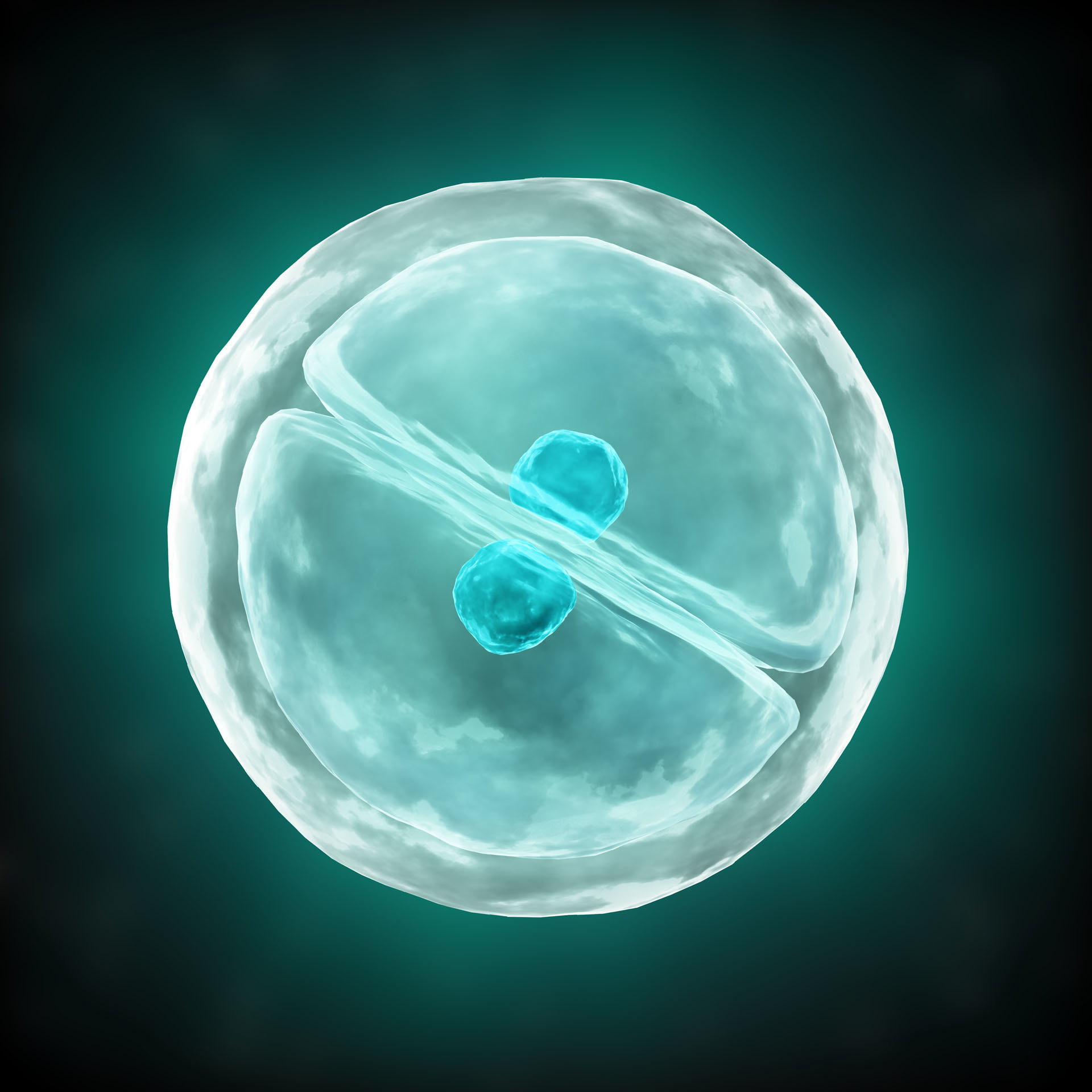 Biochemistry and Molecular Biology: How Life Works
Biochemistry and Molecular Biology: How Life Works
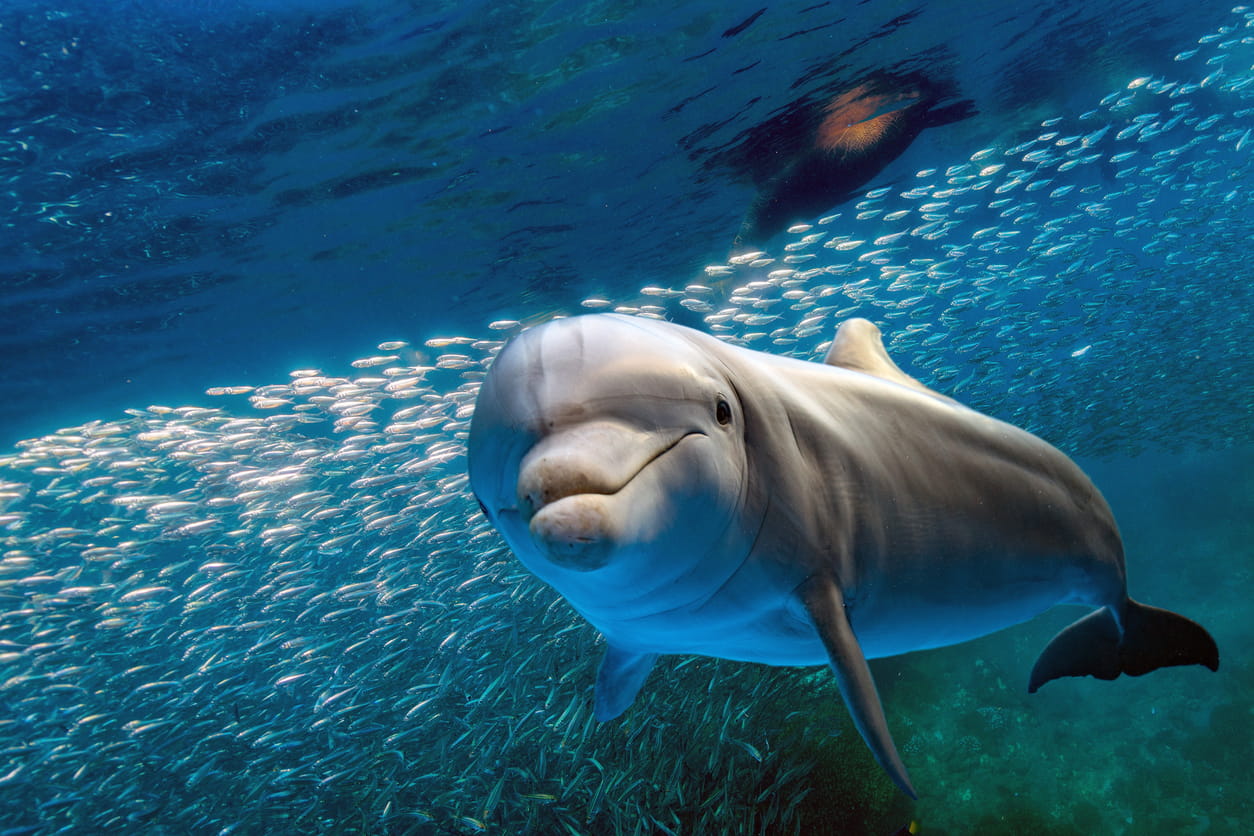 Life in the World’s Oceans
Life in the World’s Oceans
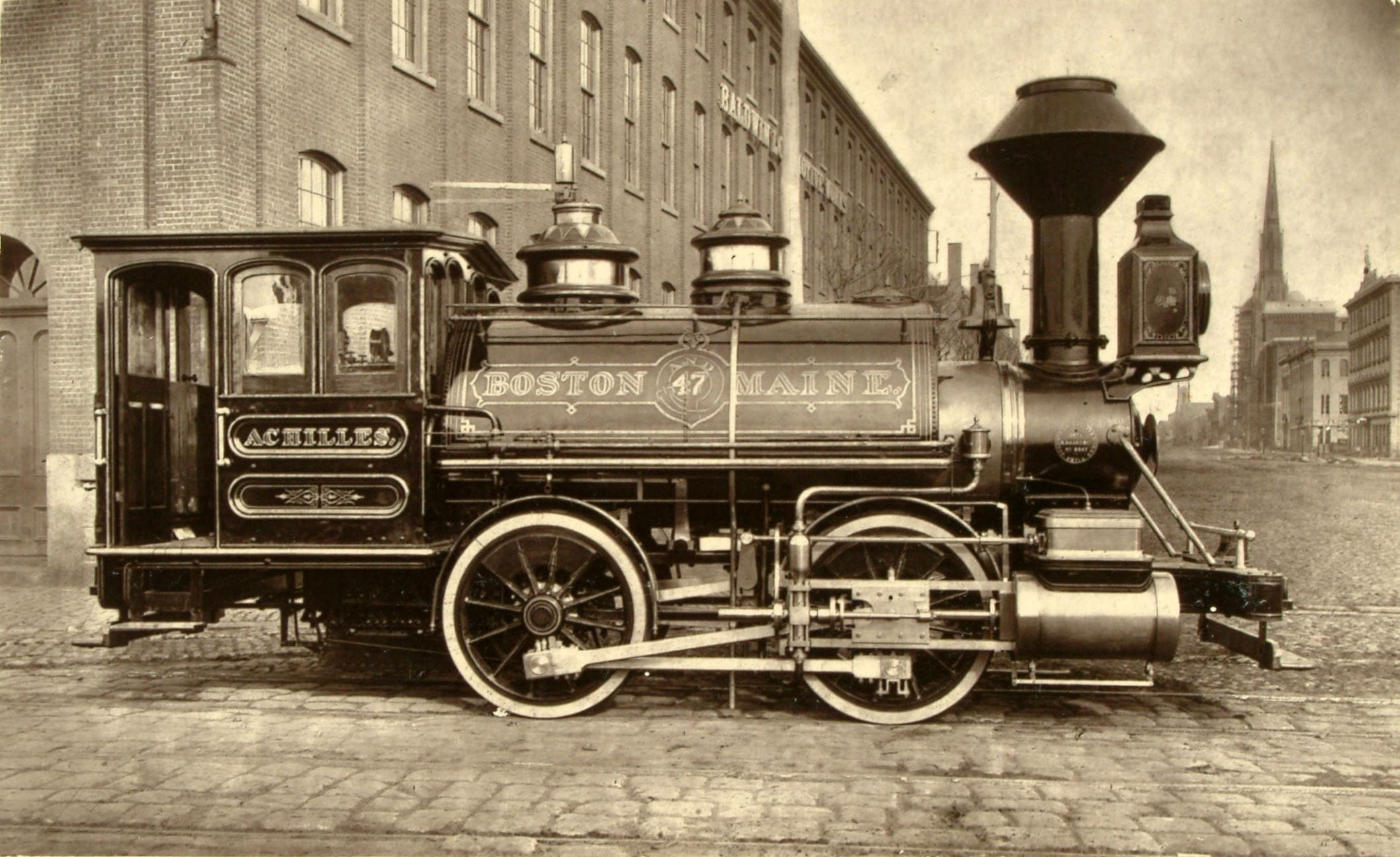 Understanding the Inventions That Changed the World
Understanding the Inventions That Changed the World
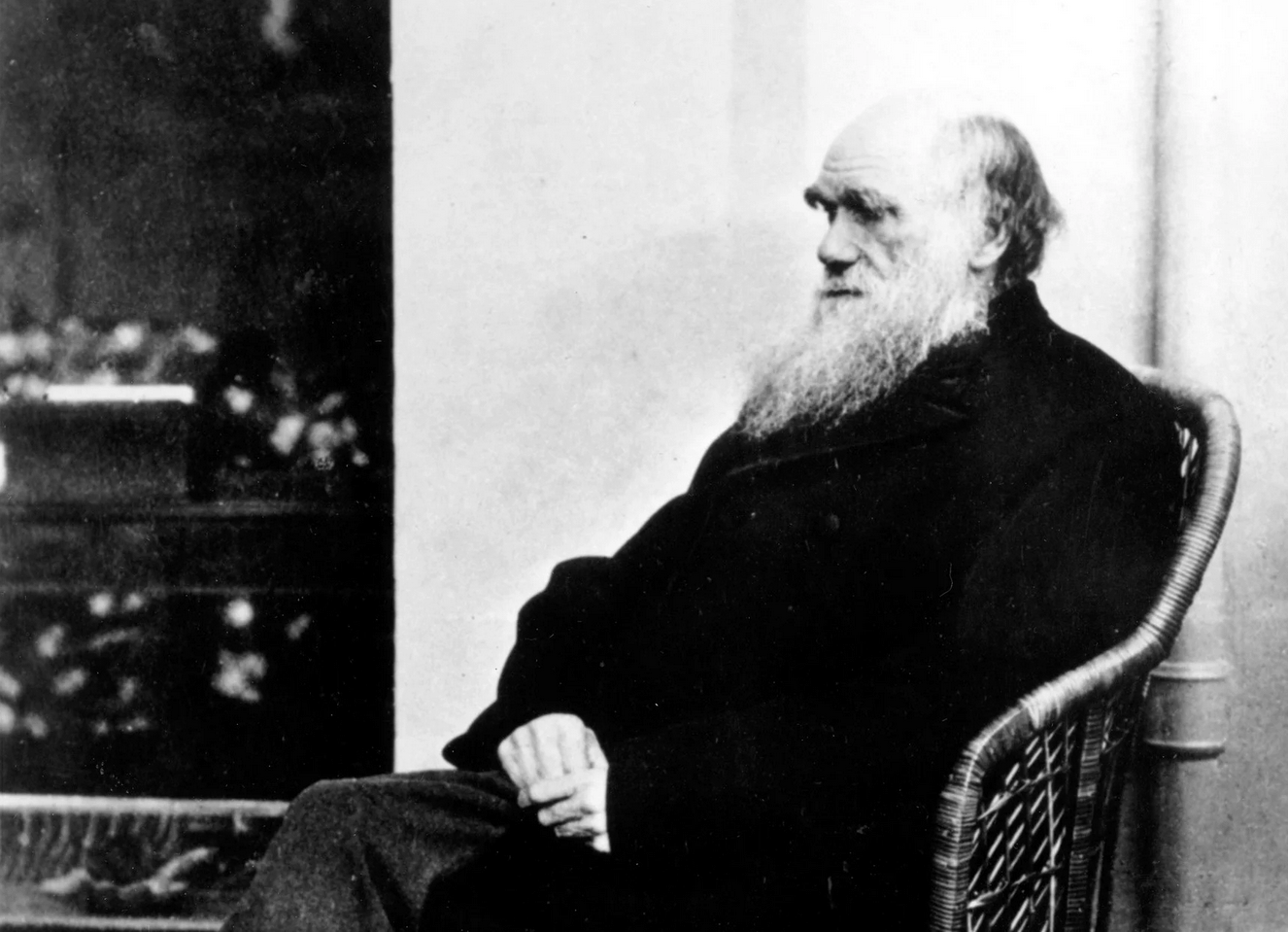 What Darwin Didn’t Know: The Modern Science of Evolution
What Darwin Didn’t Know: The Modern Science of Evolution

